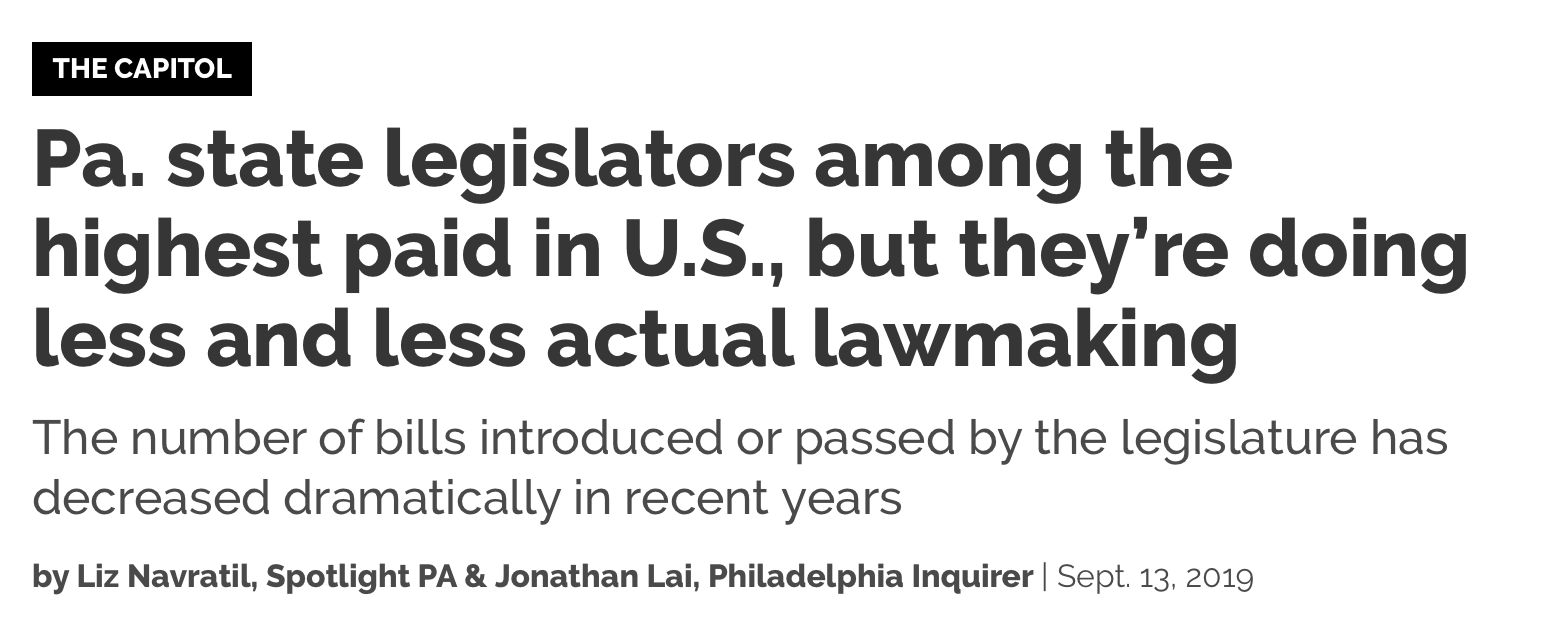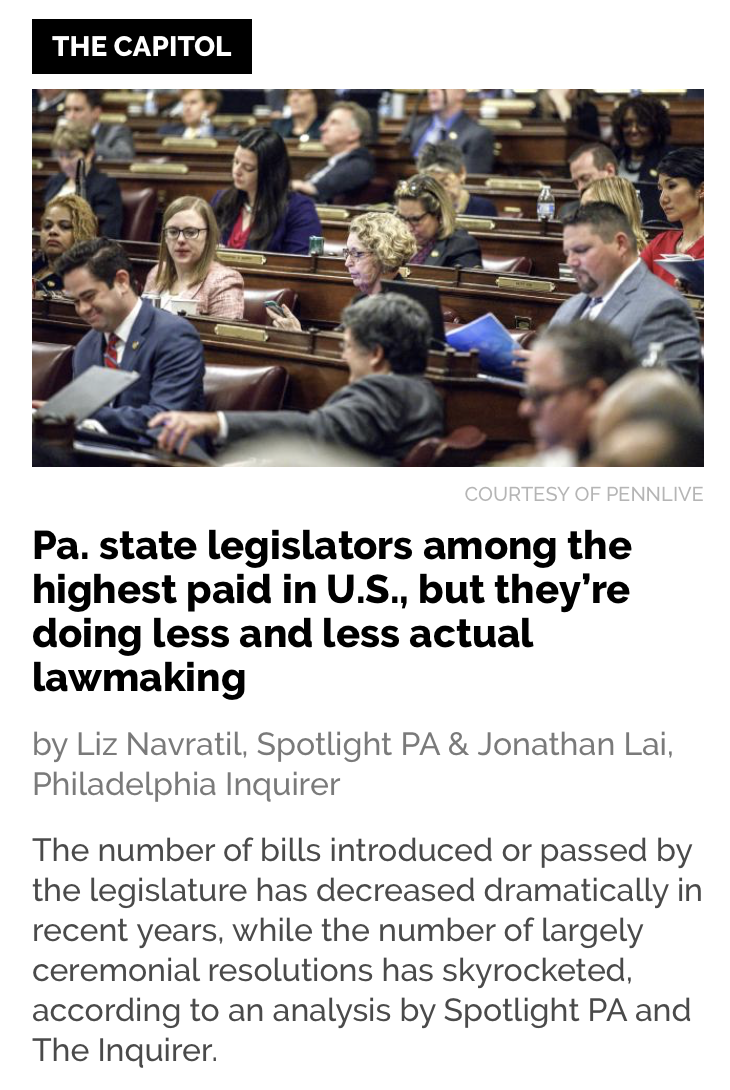What do you call the parts of a story? Or: why can’t journalists spell “lead”?
I’ve been working as a journalism-adjacent programmer for some time. It’s an area I find very rewarding, but no job is without its downsides. Let’s face it: for people whose job involves writing professionally, journalists are bad at spelling.
“Hed”, “lede”, and other bits of jargon are just part of the problem. The deeper issue is that every publication has its own nomenclature, and jargon has drifted in meaning since the switch to web publication. “Slug”, for example, began as a literal slug of lead melted into a row of letters by a Linotype machine. Now, it generally refers to a “short label for something, containing only letters, numbers, underscores or hyphens”, and it might mean the keywords in a URL or an internal ID system used by a publication for editorial workflow. Those two meanings overlap but aren’t actually the same, which leads to confusion when developers talk to journalists and editors.
I have been working on the website for Spotlight PA, and I wanted to try to give the parts of an article more-or-less standard names in our CMS. There was only one problem: just what are the standard names? To find out, I made a survey and asked in chatrooms and on Twitter for other news nerds to fill it out.
I started with a basic article header and just asked participants to label the parts of the story and to rate how confident they were in their rating: was this just a guess or had they actually used this term at work? (The confidence scale was a bit wonky, but I think it got across what I wanted to know.)
Here is the header:

The first question was probably the hardest: What do you call those little text bits in the corner near stories? An incredible 11 people just skipped this question altogether.
There was no clear consensus answer, but “kicker” was the plurality choice. “Eyebrow” is something I had never heard until recently, but apparently is the accepted term at The Philadelphia Inquirer among other publications. For what it’s worth, when I was at The Atlantic, we said both “kicker” and “rubric” (only 2 votes!), but distinguished them by saying a rubric was kicker that was also a section link. The Atlantic’s current CSS still says “rubric”. “Tag” or “section” are also somewhat popular. “Overline” sounds journalistic. “Flag” isn’t bad. I would avoid “slug” because it already has too many different meanings.
Negative points to the person who wrote that “The Capitol” is Philadelphia. (It’s Harrisburg!)
As a developer, I’m used to calling this the “title” because HTML has a <title> tag and Open Graph metadata calls it the title. Still, journalistic consensus is pretty clear that it’s either a “headline” or “hed” for short.
One thing I took away from this experiment that I didn’t consciously understand before is that the “dek” and the “subhed” are the same thing. Somehow I thought of them as different—a subhed as basically a subtitle and the dek as an extended description—but it’s really just the same. I think if you want to be understood by people not steeped in journalistic jargon, “subhed” is clearer, but “dek” is also a very common choice.
Again, as a developer, you might call it the “authors” (RSS and Atom have <author>), but clearly the journalistically accepted term is “byline”. In terms of a CMS, it’s typical to have “authors” be a foreign key that adds links to author pages and “byline” be a free text field for things like “with contribution by Alice Smith”.
This one I put in as somewhat of a trick question. One might reasonable assume that “dateline” refers to the line with the date in it, except that as we’ll see, journalists have historically used that term to refer to the place a story is written. Wikipedia says, a dateline “describes where and when the story was written or filed, though the date is often omitted”. You would think that if the date is omitted, it’s not a dateline, but journalism jargon is what it is.
My advice is that in your code, you should call this a “pub date” or a “timestamp” rather than a “dateline”.
Next I showed participants the first two paragraphs of a story:

Here “HARRISBURG” should historically be called the “dateline”, but it’s hard to argue with the person who called it, “the useless location label that is irrelevant in web stories”.
Next, I had edited the original story, so that first two paragraphs would be the lede and the nut graf, respectively. Participants generally agreed:
Finally, I wanted to know if there was any difference in terminology for the parts of an article in a list or “river” of stories, versus on the top of an article page. Answers were free form, so I won’t attempt to chart them:

My takeaway is that the subhed/dek should probably be called the “excerpt” or “summary” instead, but otherwise the parts have the same names. More generally, any time you have a river of stories, you want to default to giving the stories the same hed and featured image as on the article page itself, but allow editors to override them, which requires some name for the override versions in the CMS.
If you’re interested in looking at the data yourself, the raw survey responses, edited responses, and the code I used to process them are all available on Github.